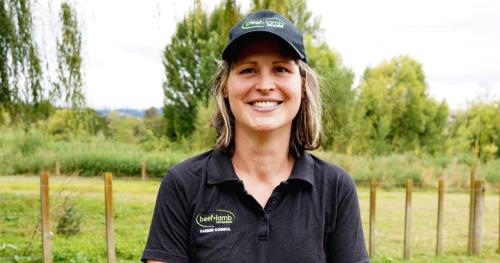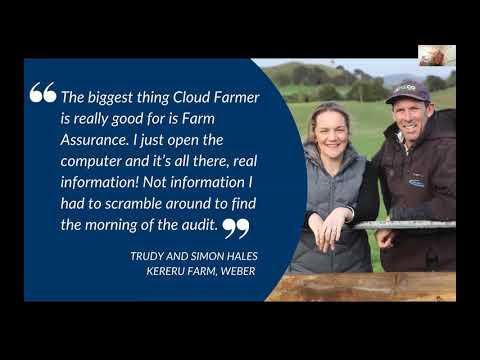Search results
Displaying 71 - 80 results of 521

- VideoHear from Gretchen King – Farmer, Managing Director, Cloud Farmer on how software solutions can help reduce the burden of farm recording and provide quick access for future reference, sharing …
- External resource… out safe manner including consideration safety operator other animals bystanders home …
- Factsheet… volunteers see below link fact sheet health safety volunteers working farms postflood … recovering from flood fact sheet health safety volunteers working farms postflood fact …
- Resource bookfarm plan environment module waste chemical management resources made possible sheep beef farmer investment industry beef lamb new zealand liable any damage suffered result reliance information …
- News… on sale for 2024 B+LNZ Awards, Farm vehicle safety support available, Call for farmers to …

- Page… (unless the tractor has a sound proof cab) Safety boots First aid kit Fire extinguisher … with care and at speeds compatible with safety, especially when operating over rough …
- Factsheet… appropriate amount 4 6 previous method health safety always check safety data sheet follow guidelines associated …
- Resource book… hill country 17beef levies dairy farmers farm safety management system processes plans … drystock successfully implement good health safety practice farms resources events … free all lnz levy payers lnzs health safety resources available lnzs website farm …
- … authority directly relating information safety matters concerning coastal marine area … operator port facility displaying information safety material relating safe efficient … regional councils harbourmaster navigation safety purposes efficient use available space …
